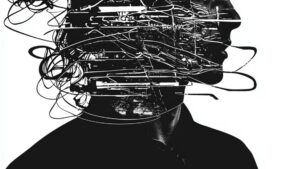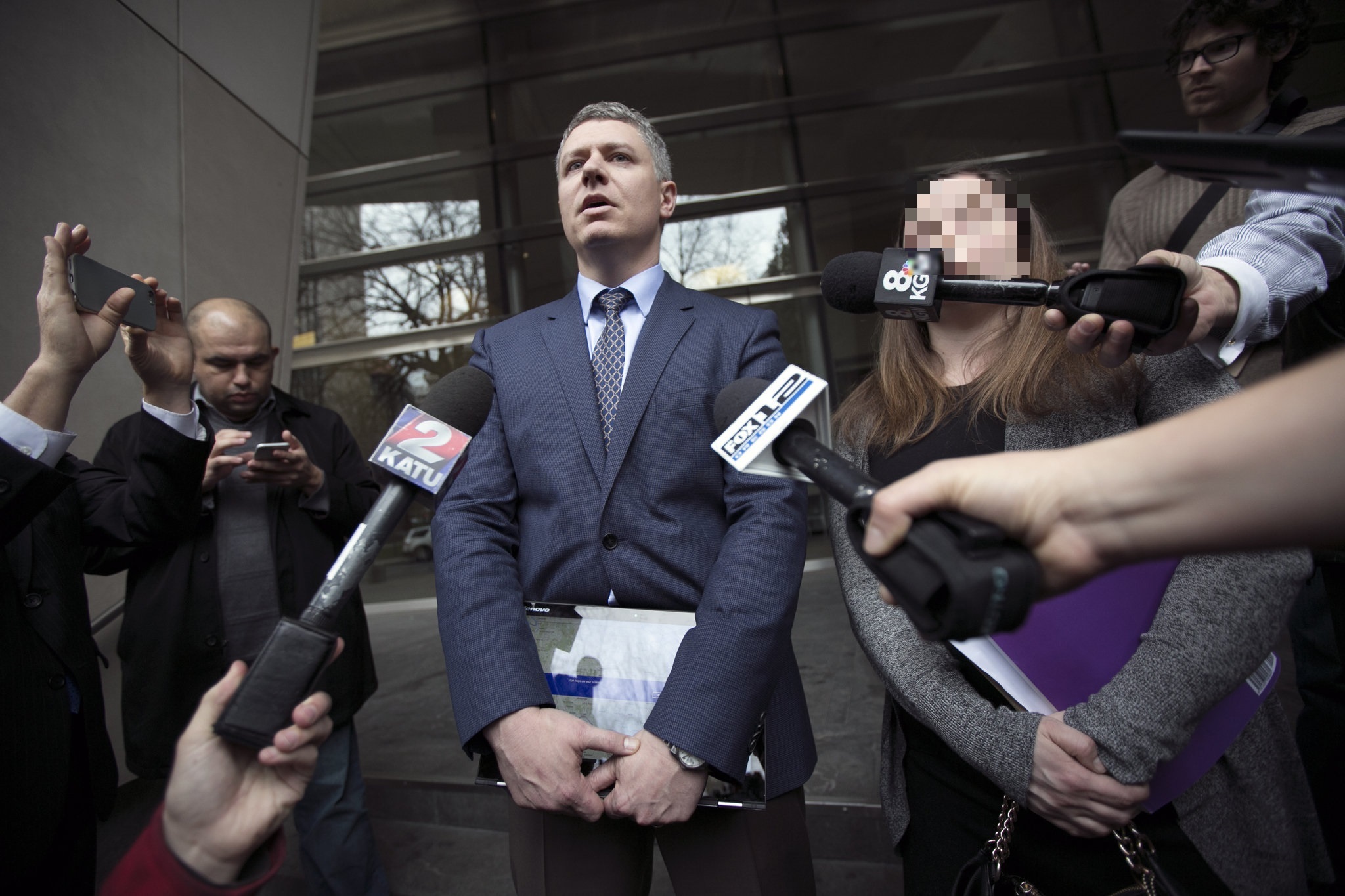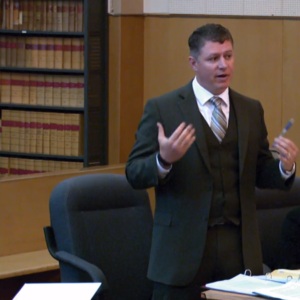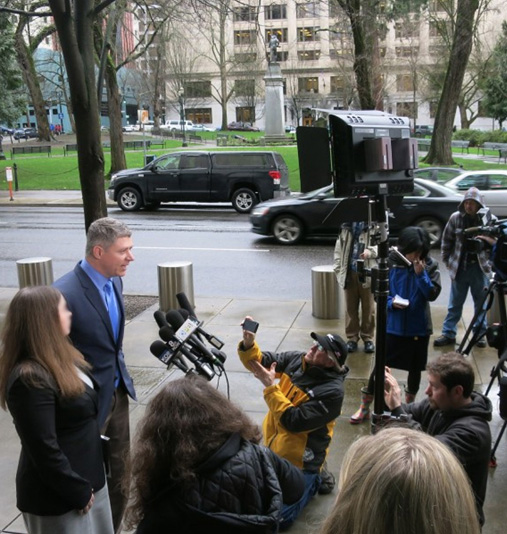Performative Outrage: Emotion Presented as Evidence
Aug 28, 2025 Legal Theory and Philosophy
We live in a culture that will cancel you for having the wrong opinion. Volume is confused for truth. Emotion is mistaken for evidence. And nowhere is that more dangerous than in a courtroom.
In this blog you’ll learn:
- Why emotional reactions in court can distort how jurors interpret evidence
- How defense attorneys counter outrage culture with structure and storytelling
- Why innocence must be actively constructed in the minds of jurors
What it takes to return the focus to the only standard that matters: proof beyond a reasonable doubt
In criminal trials, the defense attorney stands alone against this tide. The accusation itself becomes the weapon. Before the first witness speaks, jurors are already battling inner bias: “Where there’s smoke, there’s fire.” That presumption—deeply human, deeply wrong—is the antithesis of justice. Yet it’s the starting point in most trials.
Defense strategy must account for that. It’s not enough to explain reasonable doubt. Jurors need a way to feel it. That means analogies, stories, frameworks. It’s why seasoned defense lawyers use sports metaphors, betting language, and even moral thought experiments to translate the abstract into something jurors can hold.
In today’s courtroom, innocence is no longer the default. It’s something you have to build in the minds of twelve strangers. You have to break the performance loop. You have to remind them: This isn’t a play. This is real. Real stakes. Real consequences. Real people.
Because in an outrage culture, being falsely accused is a double punishment. You fight the legal battle and the moral battle. You defend not just facts, but your very right to be presumed innocent. And that’s why the defense has to steer every trial back to center: Not guilty is not a compromise. It’s the only honest verdict when proof falls short.















